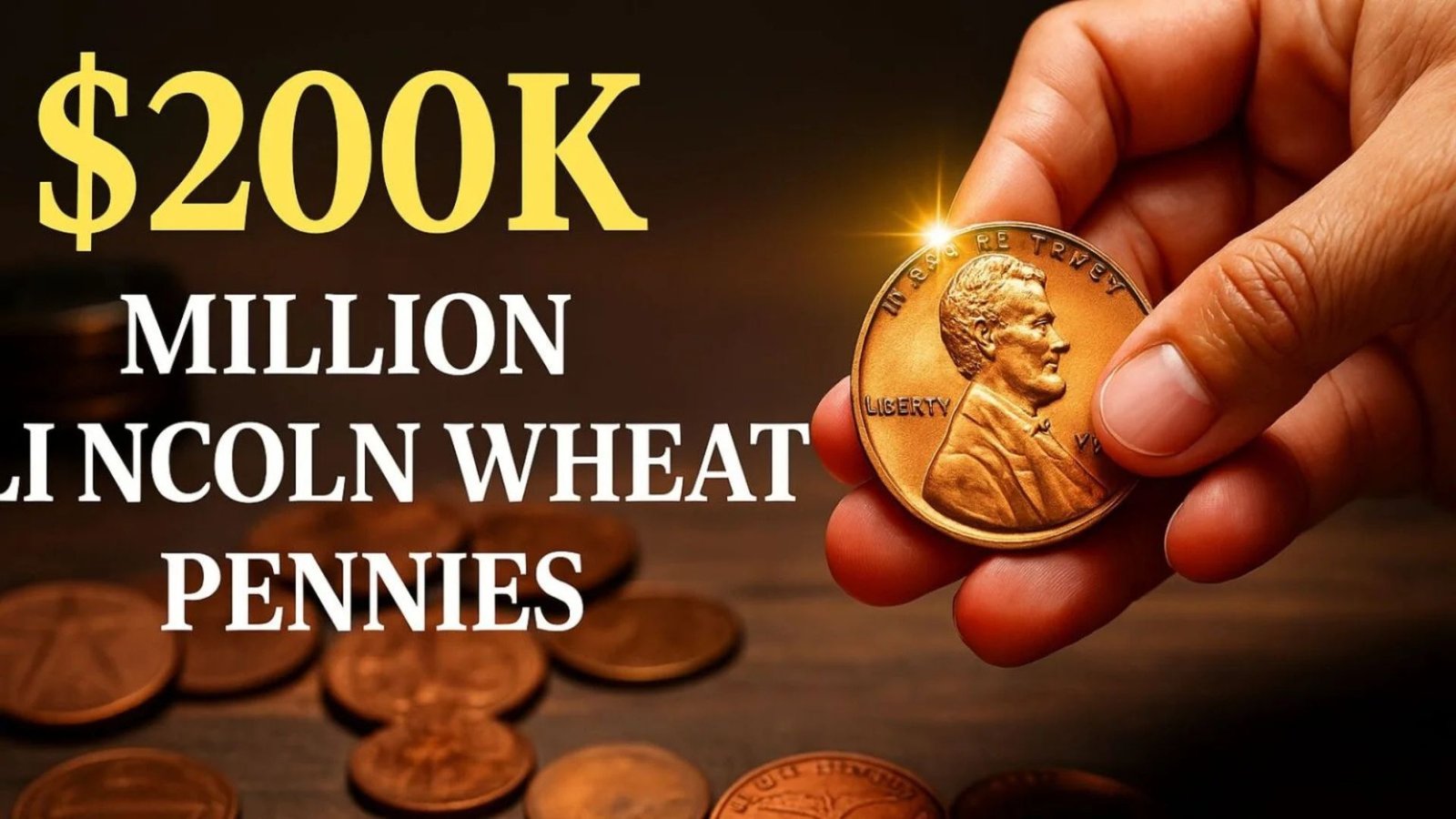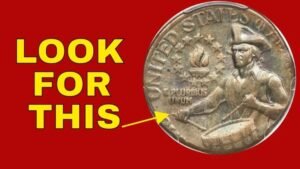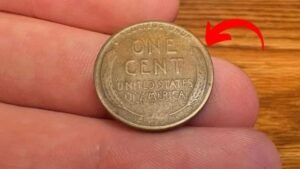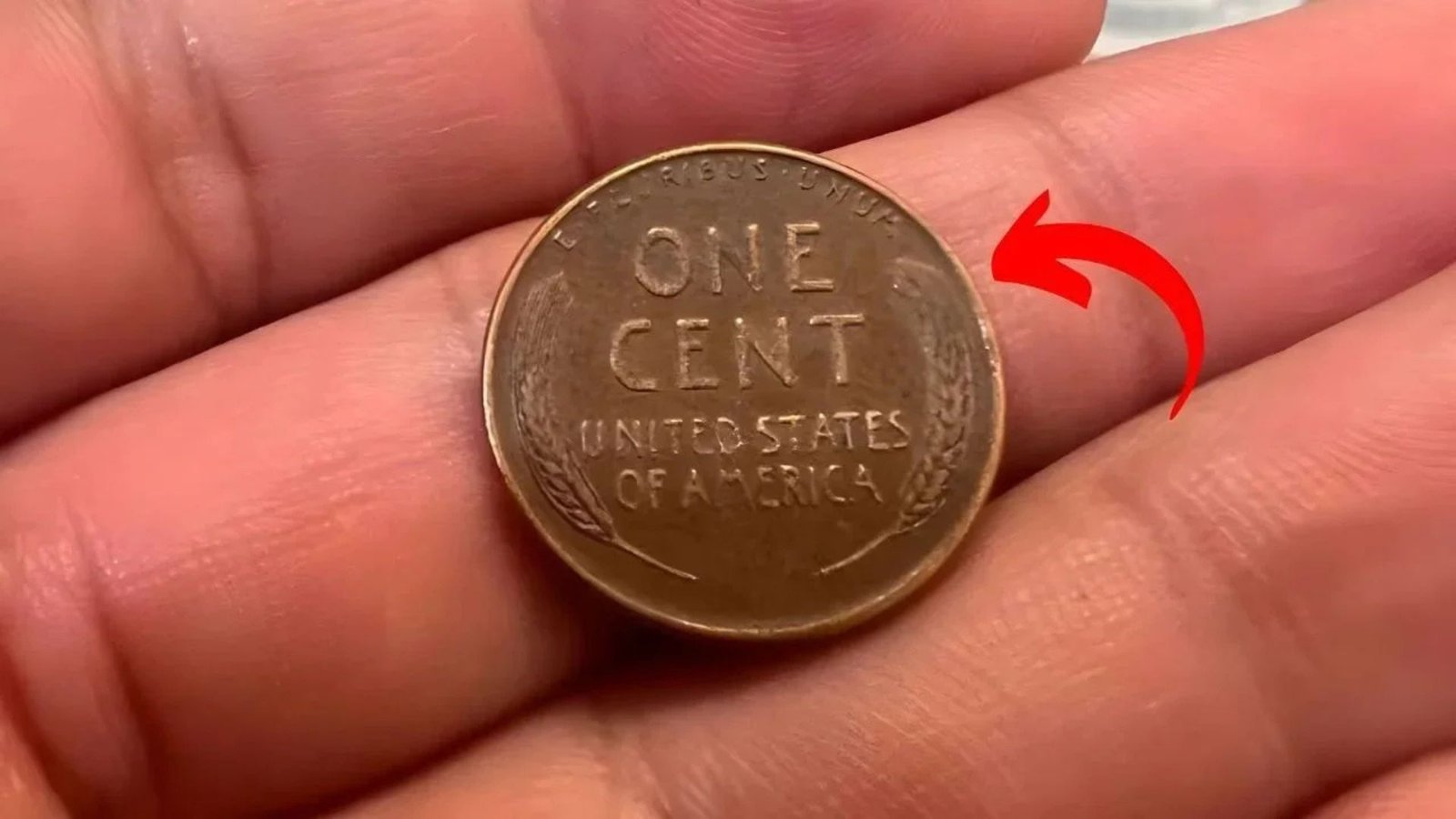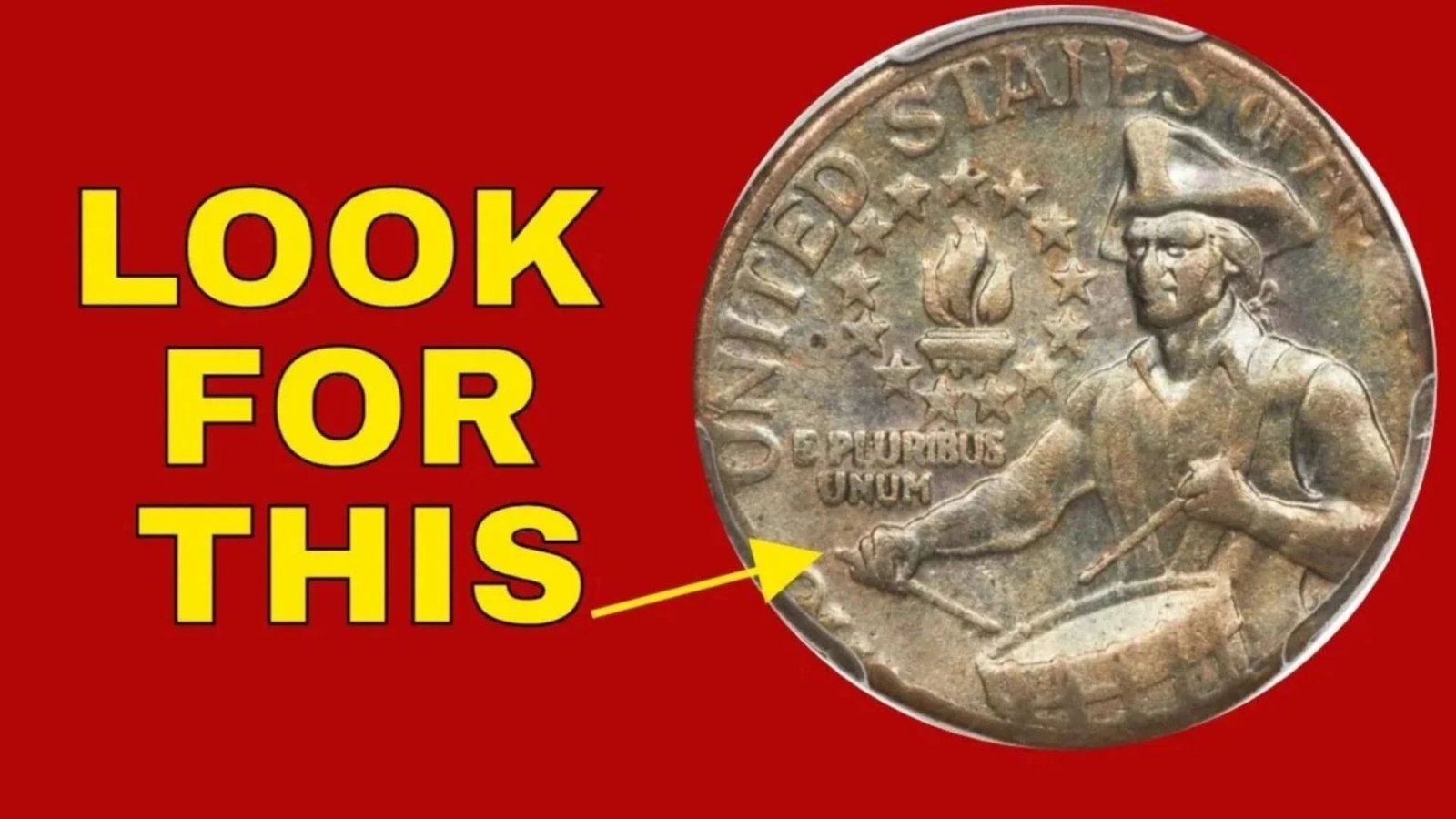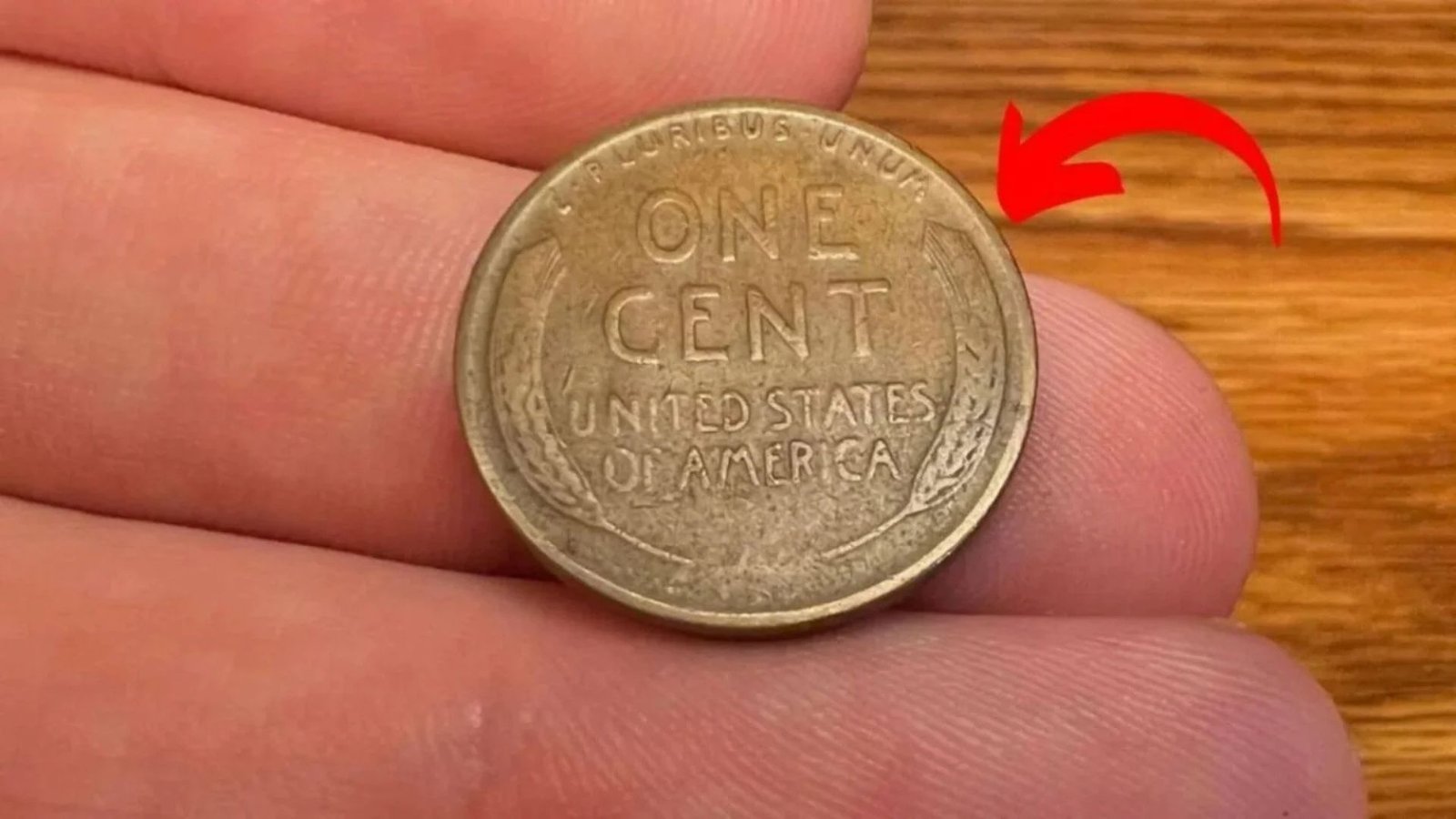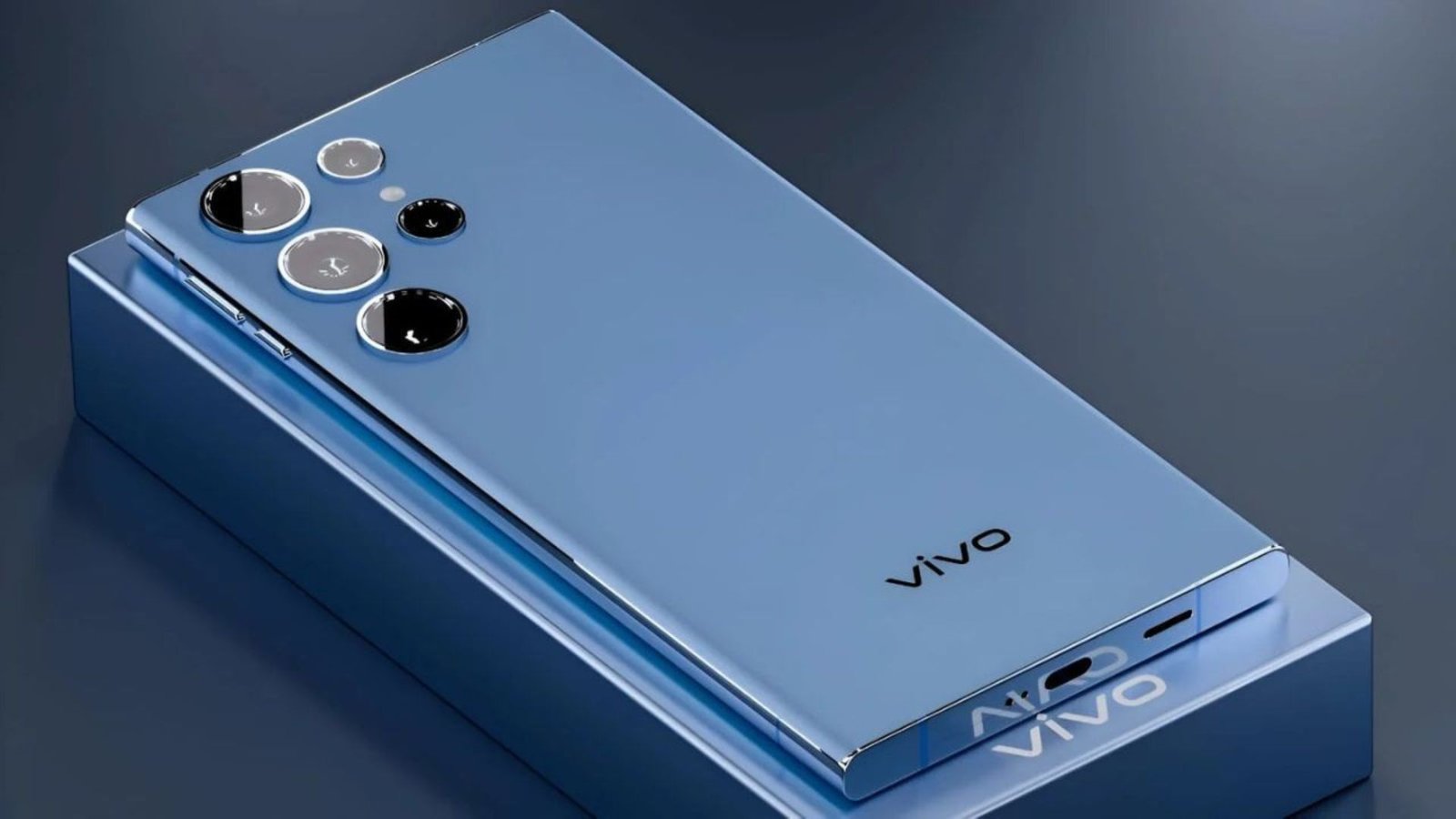Imagine finding a penny in your pocket change that’s worth more than a luxury mansion. Sounds like a fairy tale, right? But for a handful of rare Lincoln Wheat Pennies, this dream could be reality. These tiny copper coins, minted between 1909 and 1958, are some of the most sought-after treasures in the world of numismatics. Some are valued at jaw-dropping sums, potentially reaching $200,000 million USD in today’s market. But here’s the million-dollar question: Are these valuable pennies still out there, hiding in piggy banks or cash registers?
In this article, we’ll dive into the fascinating world of Lincoln Wheat Pennies, spotlighting five ultra-rare coins that could make you a fortune. We’ll explore their history, what makes them so valuable, and whether you might stumble across one in circulation. With real-life stories, expert insights, and practical tips, this guide is your treasure map to uncovering these numismatic gems. Let’s get started!
What Are Lincoln Wheat Pennies?
Lincoln Wheat Pennies, also called Wheat Cents, were minted by the U.S. Mint from 1909 to 1958. Designed by sculptor Victor David Brenner, these coins feature Abraham Lincoln’s profile on the obverse and two wheat stalks on the reverse, symbolizing America’s agricultural heritage. They were the first U.S. coins to bear a real person’s image, a bold move at the time.
Most Wheat Pennies are worth just a few cents, but certain rare varieties—due to minting errors, low production, or historical significance—command astronomical prices. These coins are a collector’s dream, blending history, artistry, and the thrill of the hunt. Let’s meet the five Wheat Pennies that could change your life.
The 5 Most Valuable Lincoln Wheat Pennies
1. 1943 Bronze Cent
Estimated Value: Up to $2.3 million USD
During World War II, copper was scarce, so the U.S. Mint switched to zinc-coated steel for pennies in 1943. However, a few bronze planchets from 1942 were accidentally used, creating the legendary 1943 Bronze Cent. Only 15 to 20 are known to exist, making it one of the rarest coins in U.S. history.
In 2010, a 1943-D Bronze Cent sold for $1.7 million at auction, and experts estimate its value today could reach $2.3 million in mint condition. Don Lutes, a teenager in 1947, found one in his high school cafeteria change. It later sold for $204,000 after his death in 2018, with proceeds donated to a library.
How to Spot It: Look for a 1943 penny with a coppery-brown color. Use a magnet—if it doesn’t stick, you might have a winner. Weigh it: bronze pennies are 3.11 grams, while steel ones are 2.7 grams.
2. 1944 Steel Cent
Estimated Value: Up to $1.1 million USD
In 1944, the Mint returned to bronze pennies, but a few steel planchets from 1943 were mistakenly used, creating the 1944 Steel Cent. Fewer than 30 exist, with the 1944-S (San Francisco Mint) being the rarest. A 1944-S Steel Cent in MS-66 condition fetched $373,750 in 2008.
How to Spot It: This penny is magnetic and has a silvery-gray color. Check for the 1944 date and a mint mark (S, D, or none for Philadelphia). Its weight is 2.7 grams.
3. 1909-S VDB Cent
Estimated Value: Up to $168,000 USD
The 1909-S VDB Cent marks the debut of the Lincoln Wheat Penny, with “VDB” (Victor David Brenner’s initials) on the reverse. Public outcry over the prominent initials led the Mint to remove them, making the 1909-S VDB ultra-rare, with only 484,000 minted. A red, gem-condition 1909-S VDB sold for $168,000 in recent years.
How to Spot It: Look for a 1909 penny with an “S” mint mark and “VDB” between the wheat stalks on the back. Check its condition—red, uncirculated coins are the most valuable.
4. 1922 No D Cent
Estimated Value: Up to $19,200 USD
In 1922, the Denver Mint was the only facility striking Lincoln Cents, so all should have a “D” mint mark. However, a die error caused some coins to lack the mark, creating the 1922 No D Cent. These are highly prized, with brown examples fetching up to $19,200.
How to Spot It: Check for a 1922 penny with no mint mark. Examine the obverse for weak details, a sign of the error die.
5. 1955 Doubled Die Obverse Cent
Estimated Value: Up to $336,000 USD
The 1955 Doubled Die Obverse Cent is a striking error coin where the date and lettering appear doubled due to a misaligned die. Only three known specimens exist, and one sold for $336,000 in 2018. Its bold, visible error makes it a favorite among collectors.
How to Spot It: Look for a 1955 penny with noticeable doubling in the date and words like “LIBERTY” and “IN GOD WE TRUST.” A magnifying glass helps.
Are These Pennies Still in Circulation?
Yes, it’s possible—but highly unlikely. Most valuable Wheat Pennies are in collectors’ hands or safely stored. However, stories like Don Lutes’ 1943 Bronze Cent prove these coins can still surface. Experts estimate that a few 1943 Bronze and 1944 Steel Cents may remain in piggy banks, old jars, or even pocket change, passed down through generations or spent unknowingly.
The odds are slim, but the possibility fuels the excitement. Coin dealer David Stone notes, “The 1943 bronze penny is the holy grail of error coins. It’s possible one is still out there, unnoticed.” Hunting for these coins is like searching for a needle in a haystack, but the reward could be life-changing.
Why Are These Pennies So Valuable?
Several factors drive the value of these Lincoln Wheat Pennies:
- Rarity: Low mintage or minting errors, like the 1943 Bronze Cent’s accidental production, make these coins scarce.
- Historical Significance: Coins from wartime or the early 20th century carry stories of America’s past.
- Condition: Uncirculated or “red” coins (with original luster) are worth far more than worn ones.
- Collector Demand: High demand from numismatists pushes prices to dizzying heights.
For example, the 1943-D Bronze Cent’s value skyrockets because only one is known to exist, making it a unicorn in the coin world.
How to Find These Valuable Pennies
Ready to start your treasure hunt? Here’s how to check for rare Wheat Pennies:
- Inspect Your Change: Look at every penny, especially those from 1909 to 1958. Focus on key dates: 1909, 1922, 1943, 1944, and 1955.
- Use a Magnet: Steel pennies (1943) stick; bronze ones don’t. For 1944, the opposite applies.
- Check Mint Marks: Look for “S” or “D” under the date, or no mark for Philadelphia.
- Examine for Errors: Use a magnifying glass to spot doubling (1955) or missing mint marks (1922).
- Weigh the Coin: Bronze pennies are 3.11 grams; steel ones are 2.7 grams.
- Get It Authenticated: If you suspect a rare find, consult a professional grader like PCGS or NGC. Counterfeits are common, especially for 1943 Bronze Cents.
Pro Tip: Buy rolls of pennies from banks or check coin jars at flea markets. You never know what’s been overlooked!
Real-Life Stories of Valuable Finds
The allure of Wheat Pennies lies in stories of ordinary people striking it rich. In 2019, a Massachusetts man found a 1943 Bronze Cent in a box of coins from his grandfather. After authentication, it sold for $870,000 at auction. Similarly, a 1909-S VDB Cent turned up in a San Diego coin shop, netting the seller $10,000 after years of sitting in a drawer.
These stories remind us that valuable coins can hide in plain sight. As numismatist Jeff Gore says, “Pennies fall out of circulation faster than other coins because nobody wants to use them. That’s why they end up in jars or drawers, waiting to be rediscovered.”
Protecting Your Valuable Pennies
Found a potential treasure? Handle it with care:
- Hold by the Edges: Avoid touching the surfaces to prevent oil damage.
- Don’t Clean It: Cleaning reduces value. Leave it as is.
- Store Safely: Use protective coin holders to prevent scratches.
- Get It Graded: Professional grading by PCGS or NGC boosts credibility and value.
The Future of Lincoln Wheat Pennies
With President Trump’s 2025 order to phase out the penny due to high production costs (3.69 cents per penny), the hunt for Wheat Pennies may intensify. As fewer pennies circulate, collectors may pay even more for rare specimens. Now’s the time to check your change before these coins vanish into private collections.
FAQs About Lincoln Wheat Pennies
Are all 1943 pennies valuable?
No, most 1943 pennies are steel and worth a few cents. Only the rare bronze versions are valuable, potentially worth millions.
How do I know if my penny is rare?
Check the date, mint mark, and material. Look for errors like doubling or missing mint marks. Use a magnet and weigh it. Consult a professional for authentication.
Where can I sell a valuable penny?
Sell through reputable auction houses (e.g., Heritage Auctions), coin dealers, or online platforms like eBay. Always get it graded first.
Can I still find these pennies in circulation?
It’s rare but possible. Some have been found in change, coin jars, or inherited collections. Keep checking
What’s the most valuable Lincoln Wheat Penny?
The 1943-D Bronze Cent, with only one known specimen, is valued at up to $66 million due to its extreme rarity.
Conclusion
The Lincoln Wheat Penny is more than pocket change—it’s a piece of American history with the potential to make you a millionaire. From the wartime error of the 1943 Bronze Cent to the striking 1955 Doubled Die, these five coins are the crown jewels of numismatics. While finding one in circulation is a long shot, the possibility keeps collectors and dreamers searching.
Next time you get change, take a closer look. That penny in your hand could be worth $200,000 million USD—or at least a great story. Happy hunting!


